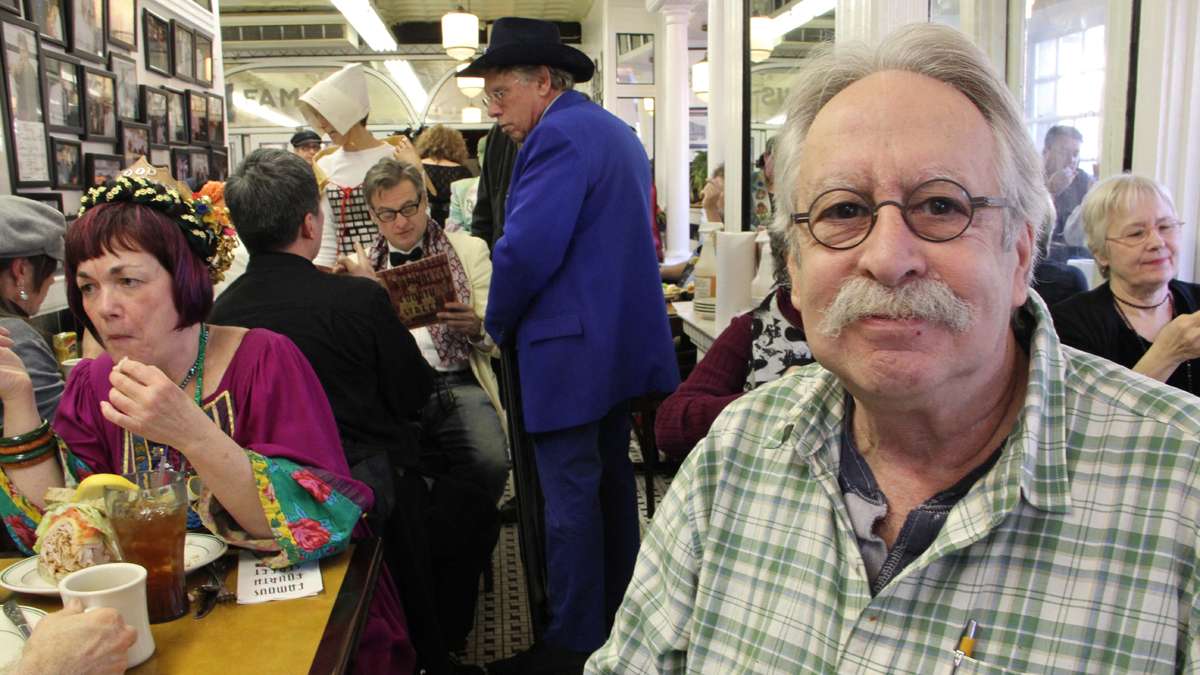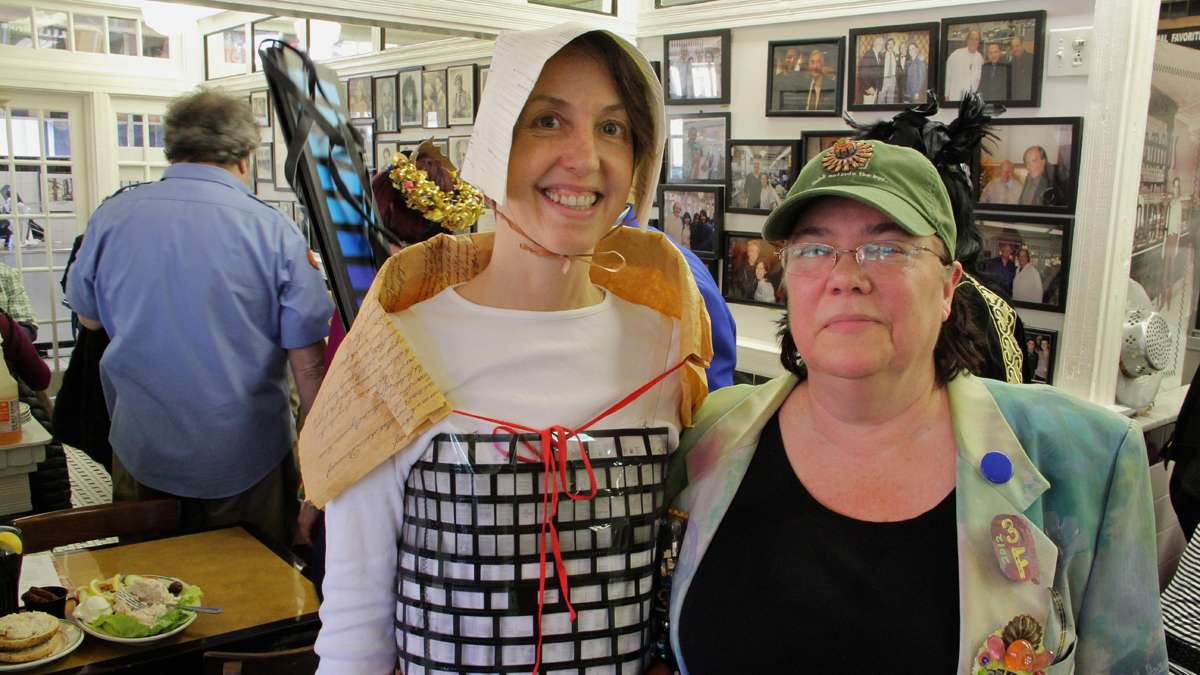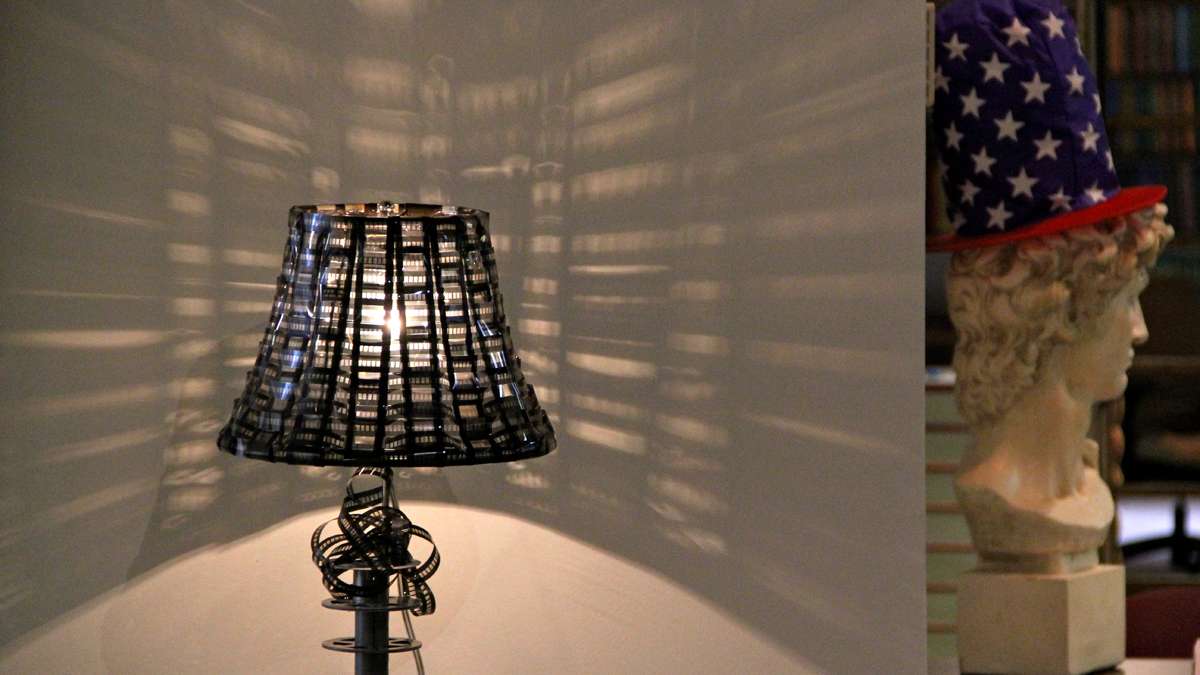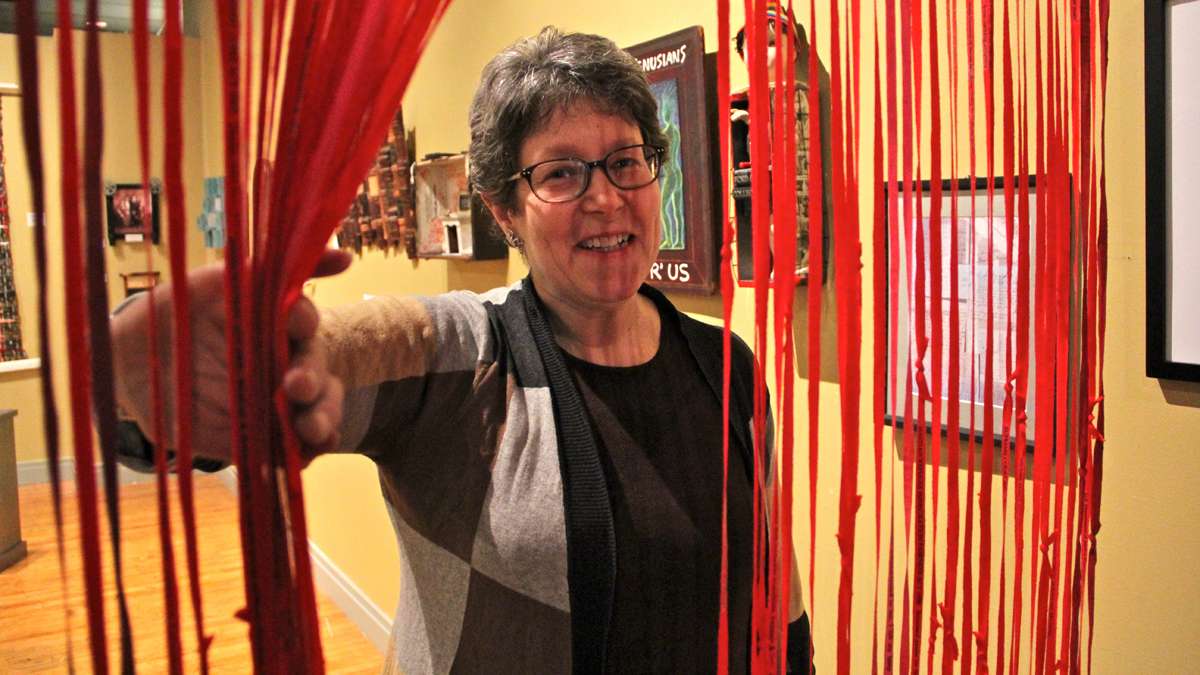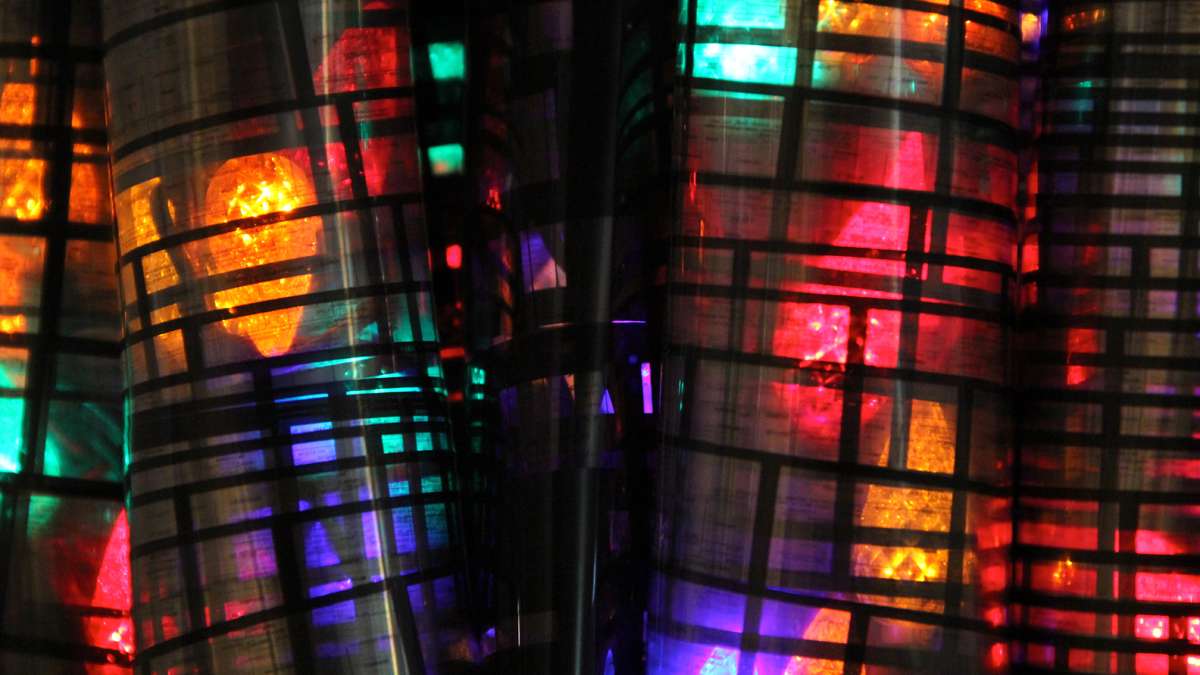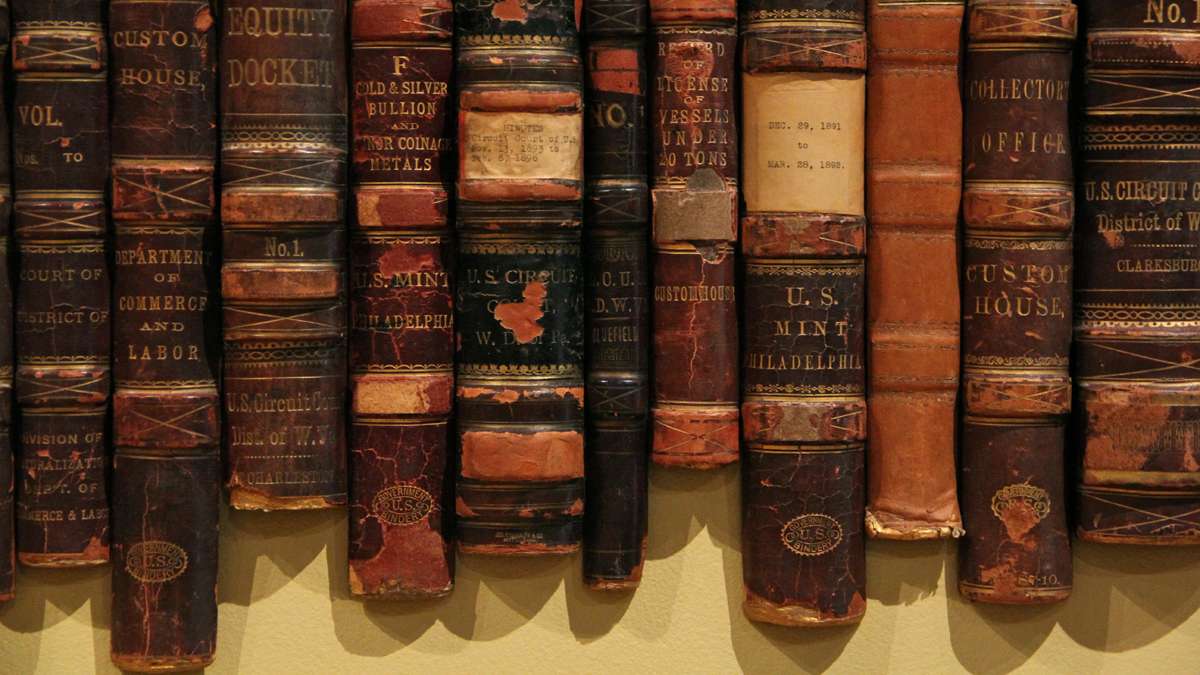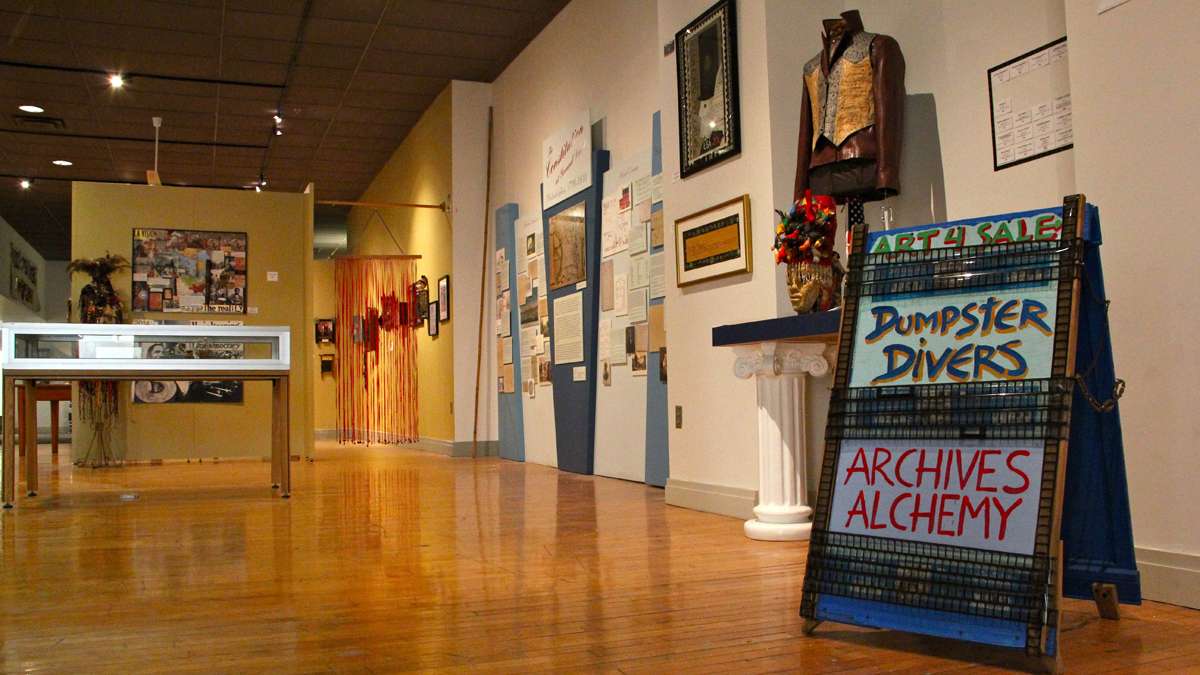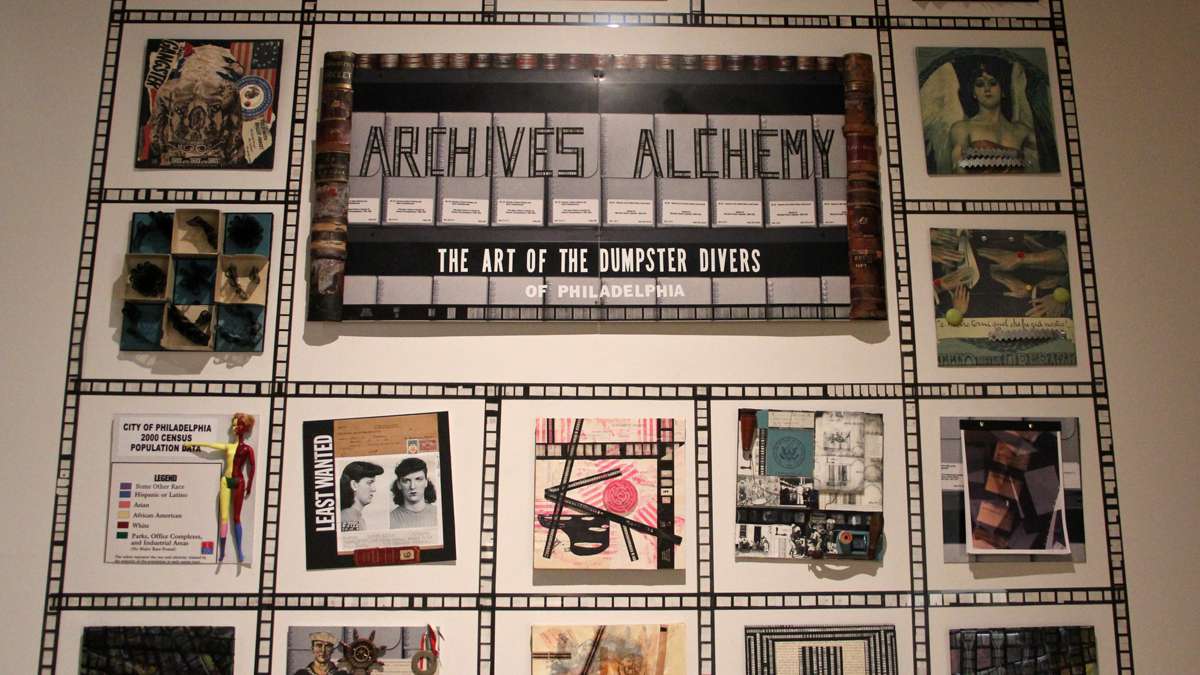Pieces of the past become modern art at National Archives
Leslie Simon is sitting on miles of bureaucratic red tape.
As director of the National Archives facility in Philadelphia, her office is about 20 feet above a basement storage room with records dating back to the 19th century.
Back in the day, federal court dockets would be folded in half, then again in thirds, becoming a 9-inch by 4-inch packet, then all the packets of a particular case would be bundled together and tied with red tape. Multiply that by thousands upon thousands of federal court cases over the years, and you have a lot of red tape.
The National Archives is in the midst of renovating its stacks and updating its filing systems, so all those packets are being untied, flattened out, and refiled in acid-free folders. Simon’s staff thinks she is crazy for saving all that discarded red tape.
Rotting leather books containing immigration records from a century ago are being pulled apart and refiled as loose-leaf documents. Those crumbling leather spines are swept up, and saved.
Simon also held onto a mountain of microfilm that had been printed with hundreds of thousands of federal records.
“It’s a way of publishing information,” said Simon. “NARA [the National Archives and Records Administration] did a lot of that to get things like the U.S. Census out around the country. Now it’s being digitized and it’s more available. We’re trying to get rid of microfilm. It was made for access purposes, not for preservation purposes.”
That microfilm would have been headed for the incinerator had Simon not had a creative flair. She called the Dumpster Divers, a loose collective of local artists who make sculptural and collage work out of found materials. Simon invited them to take what they wanted and make something of it.
‘Archives Alchemy’ transmutes trappings of the past
Those broken leather spines, miles of microfilm, and balls of red tape have been sculpted into furniture, woven into tapestries, and made into collage pieces. Twenty-four artists made dozens of pieces for “Archives Alchemy,” now on view at the National Archives.
The Dumpster Divers — normally a raucous bunch of pranksters — crafted some artwork with serious intent. Many of the pieces reflect the stories contained in the archive, like a curtain of hanging red tape, each strip printed with immigration regulations; and a wall sculpture microfilms with POW and MIA records from World War I, curved into tear shapes. A wall of unspooling microfilm partially masks closeup excerpts of naturalization records.
In two decades of activity, the Divers have never before been approached by an institution to accept its castoffs, particularly one with federal records marking life-changing moments of real Americans.
“This is stuff from my family,” said founding member Joel Spivak. “In fact, there are two pieces called ‘The Family,’ mine and [fellow Diver] Susan Richards. You kept seeing your ancestors.”
All the pieces in the show are for sale. Simon plans to tour the exhibition to other National Archives facilities in Washington, D.C., and Atlanta.
Spivak said he hoarded some unused detritus from the archives for future artwork.
“Hopefully you sell your art, and then what am I going to send to Washington and Atlanta?” said Spivak. “I’ll have to make some more things.”
WHYY is your source for fact-based, in-depth journalism and information. As a nonprofit organization, we rely on financial support from readers like you. Please give today.



